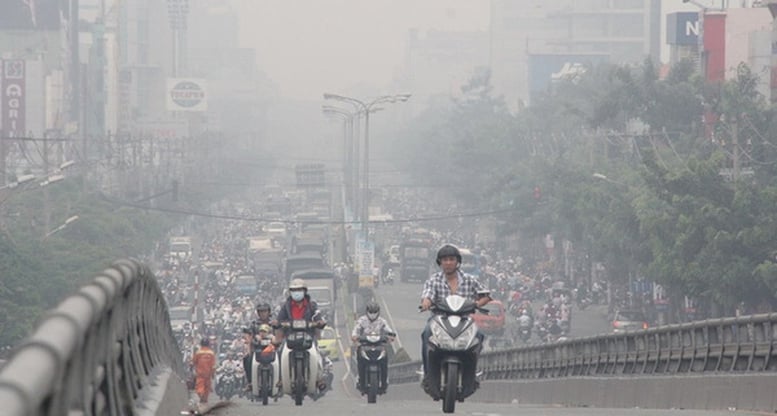
35% of Hanoi 's air pollution comes from traffic.
On July 21, Tien Phong newspaper organized a discussion on Converting gasoline vehicles to electric vehicles: Leaving no one behind. According to managers and experts participating in the discussion, promoting the conversion of gasoline vehicles to electric vehicles is a policy to contribute to reducing air pollution from one of the largest sources of emissions, which is transportation. However, this is a policy that has a very profound impact on the people of the capital, first of all, those living and working in the beltway area 1.
35% of pollution comes from traffic
Ms. Nguyen Hoang Anh - Department of Environment, Ministry of Agriculture and Environment said that in Hanoi's report on air pollution, pollution from means of transport accounts for over 60%. However, according to the Ministry's assessment, the source of pollution from transport is about 35%, of which vehicle emissions account for about 12% and dust from traffic activities is 23%. This is the largest source of pollution.
"These are figures that have been weighed and measured from many sources. However, it must be affirmed that to accurately determine the cause of pollution, there must be an inventory of emissions. However, in reality, our emission sources are dynamic, flexible, and constantly changing; there is no inventory budget and the inventory method is not standard. It can be seen that the basic cause of environmental pollution is vehicle emissions, along with climate and weather," Ms. Nguyen Hoang Anh analyzed.
Agreeing with this view, Mr. Hoang Duong Tung - Chairman of Vietnam Clean Air Network also said that pollution is difficult to solve without changing means of transport.
Mr. Hoang Duong Tung said that the conversion of gasoline vehicles to electric vehicles in Hanoi faces many difficulties, but there are also many opportunities. Hanoi has enough conditions and solutions to realize the conversion and take the lead in the conversion, especially when it has the advantage of the Capital Law. Therefore, Hanoi must take the lead and go ahead to be a model for other localities.
"To realize the policy, propaganda is extremely important so that people understand the issue. There are many policies that people do not fully understand and understand correctly," said Mr. Hoang Duong Tung.
Towards the safety and convenience of the people
According to Mr. Phan Truong Thanh - Head of the Investment Finance Department, Hanoi Department of Construction, the current number of motorbikes in Hanoi is estimated at 6.9 million vehicles, of which about 95% are gasoline-powered. When implementing the electric vehicle conversion roadmap in Ring Road 1, 9 wards will be affected, of which 6 wards are located entirely within Ring Road 1.
According to preliminary investigation, there is a stable population of about 600,000 people in Ring Road 1, with a total of about 450,000 motorbikes on site. However, this is only a preliminary survey of the fixed number inside Ring Road 1, not to mention many people coming from outside to Ring Road 1. To implement the conversion, Hanoi will implement a specific roadmap and plan:
First is the assessment survey, people, and affected subjects. "We must have input data to do this. Currently, there are two levels of local government, which are the closest and most in-depth to the people. All survey data is the responsibility of the local government. This data is urgent and necessary," Mr. Phan Truong Thanh affirmed.
Second, after having input data, we need to complete the policy institutions. We already have the Capital Law, linking this content with the low emission zone project that Hanoi has previously proposed.
Third, complete infrastructure. Infrastructure here has two groups: general transportation and public transportation. This is the core factor.
Fourth, develop emission standards for motorbikes and determine whether to inspect motorbike emissions or not.
Regarding the question about electric charging stations when switching from gasoline vehicles to electric vehicles, Mr. Phan Truong Thanh shared that Hanoi currently has about 1,000 charging stations of all kinds, including 3 types: Charging stations for public vehicles; charging stations for cars; charging stations for motorbikes and electric bicycles. Recently, the Hanoi People's Committee requested a review and clear planning of electric charging stations. Hanoi is reviewing all parking lots in the beltway 1 to install charging stations. People from other places can park their vehicles, charge them, and travel by public transport.
Proposing additional solutions, Associate Professor, Dr. Hoang Anh Le - Head of the Department of Environmental Management, University of Science , Vietnam National University, Hanoi said that to effectively implement the conversion, not only administrative policies are needed but also technical and social factors must be taken into account, especially the safety and convenience of use for the people.
Associate Professor Dr. Hoang Anh Le proposed promoting the battery exchange model, in which manufacturers can adjust battery design so that battery replacement is quick and convenient, similar to the current gas filling process.
Along with that, it is necessary to take advantage of the existing gas station system - coordinate with gas station owners to convert their functions into charging points or battery swaps for electric vehicles, contributing to minimizing new infrastructure investment and better safety management. Finally, it is necessary to coordinate synchronously between ministries and branches in urban planning and development.
"If people clearly understand the goals and plans, and feel that the policy is for them, they will voluntarily change and support. At that time, the role of the government will no longer be to rigidly manage, but will shift to supporting, guiding, and creating conditions for the community to self-manage environmental issues," Associate Professor Dr. Hoang Anh Le affirmed.
Thu Cuc
Source: https://baochinhphu.vn/o-nhiem-kho-go-neu-khong-chuyen-doi-phuong-tien-102250721163622128.htm


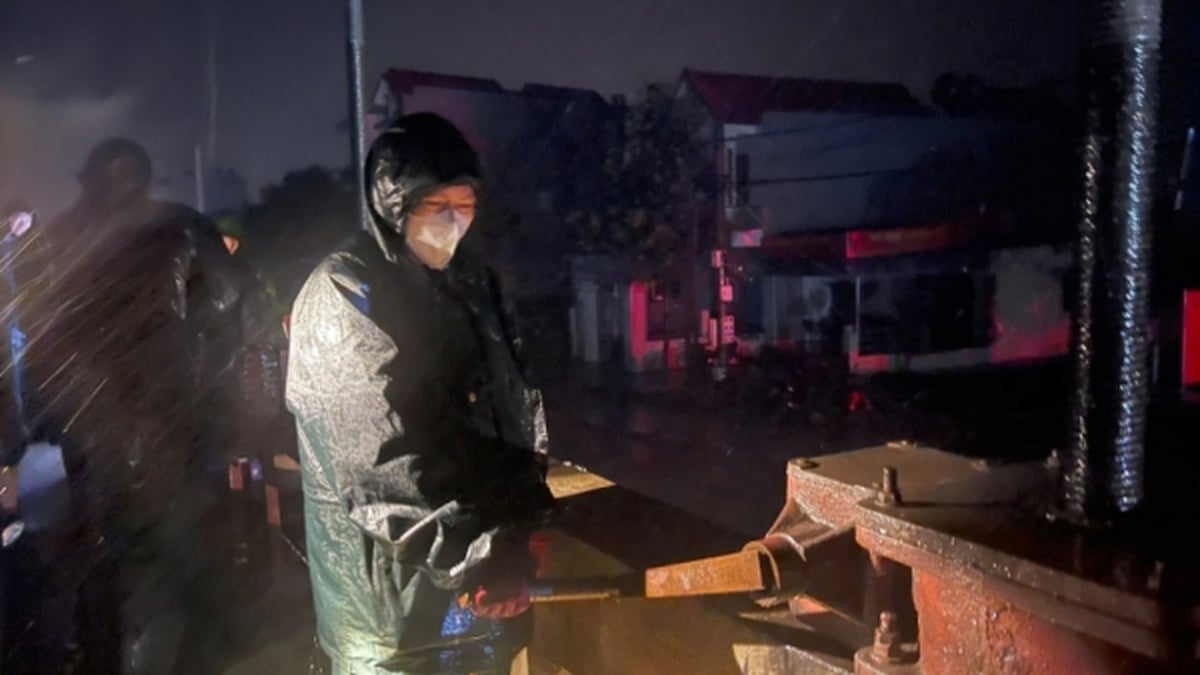

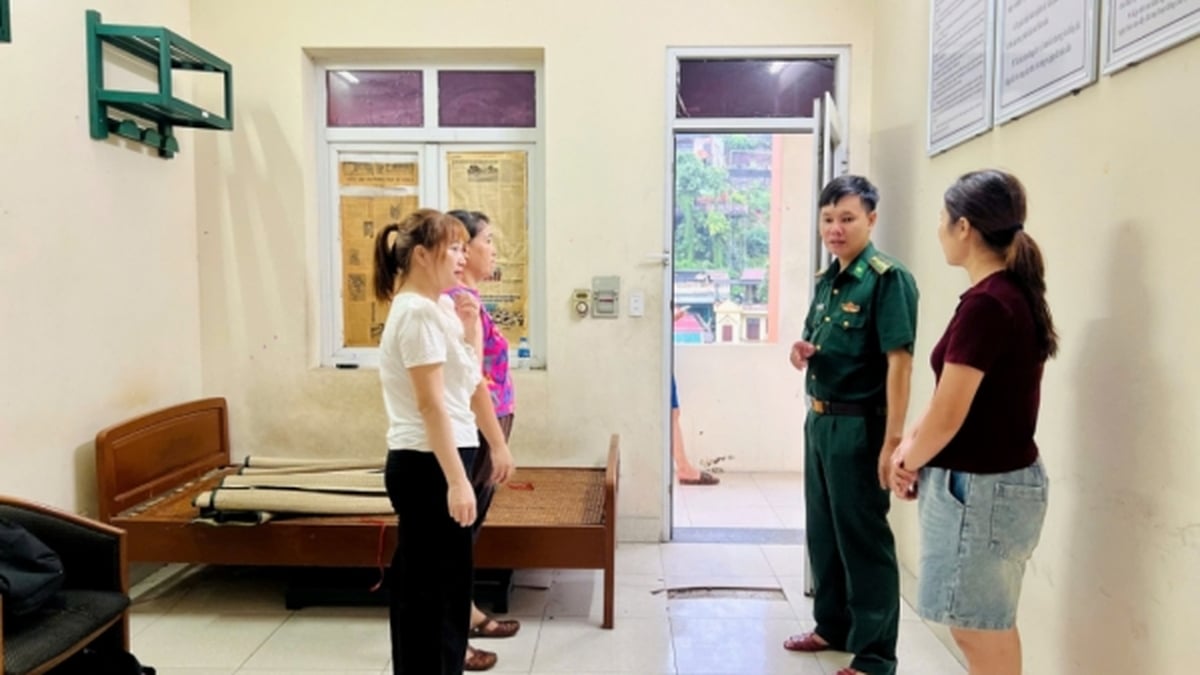
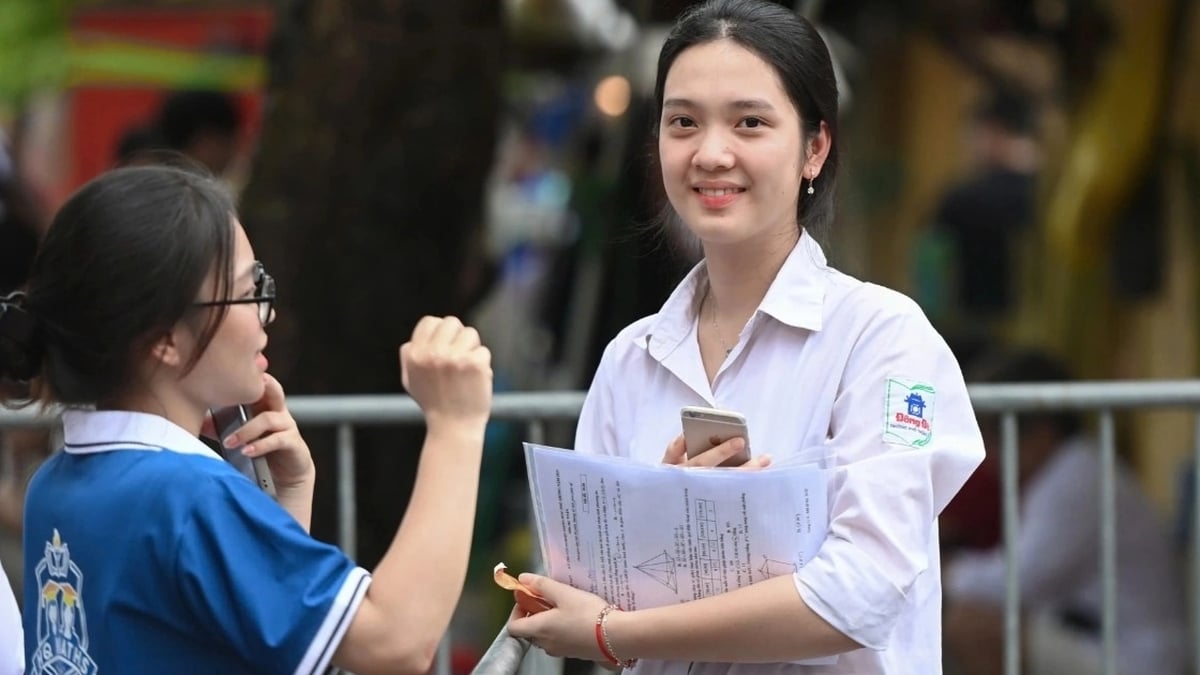

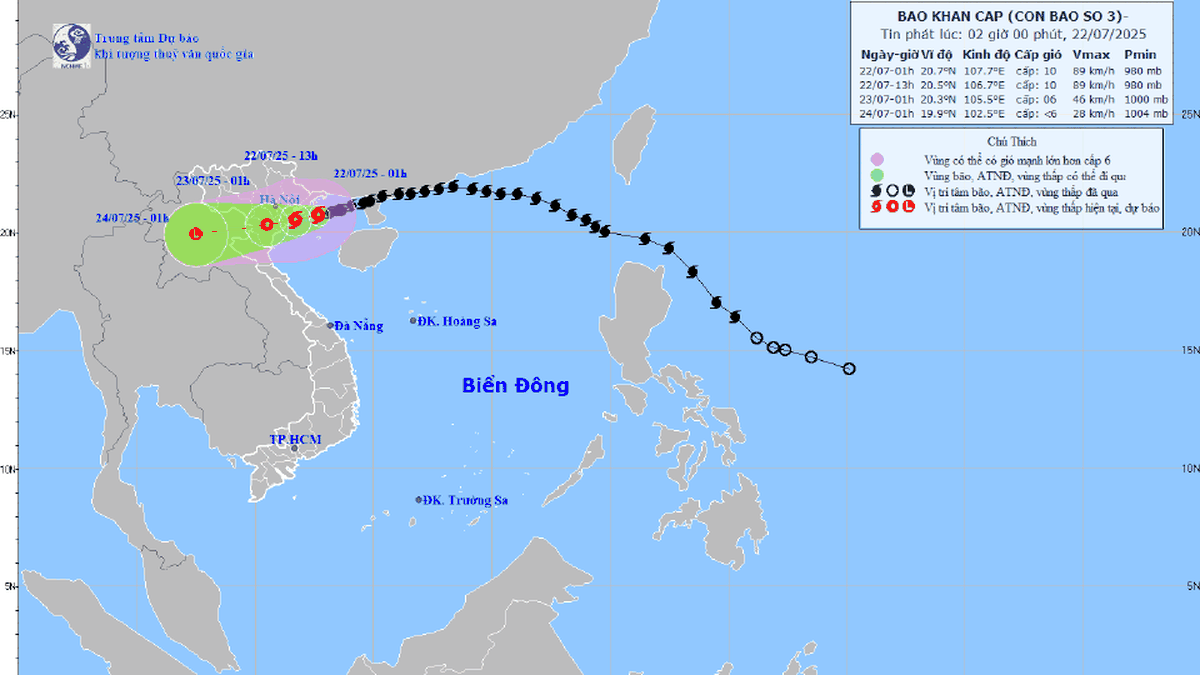

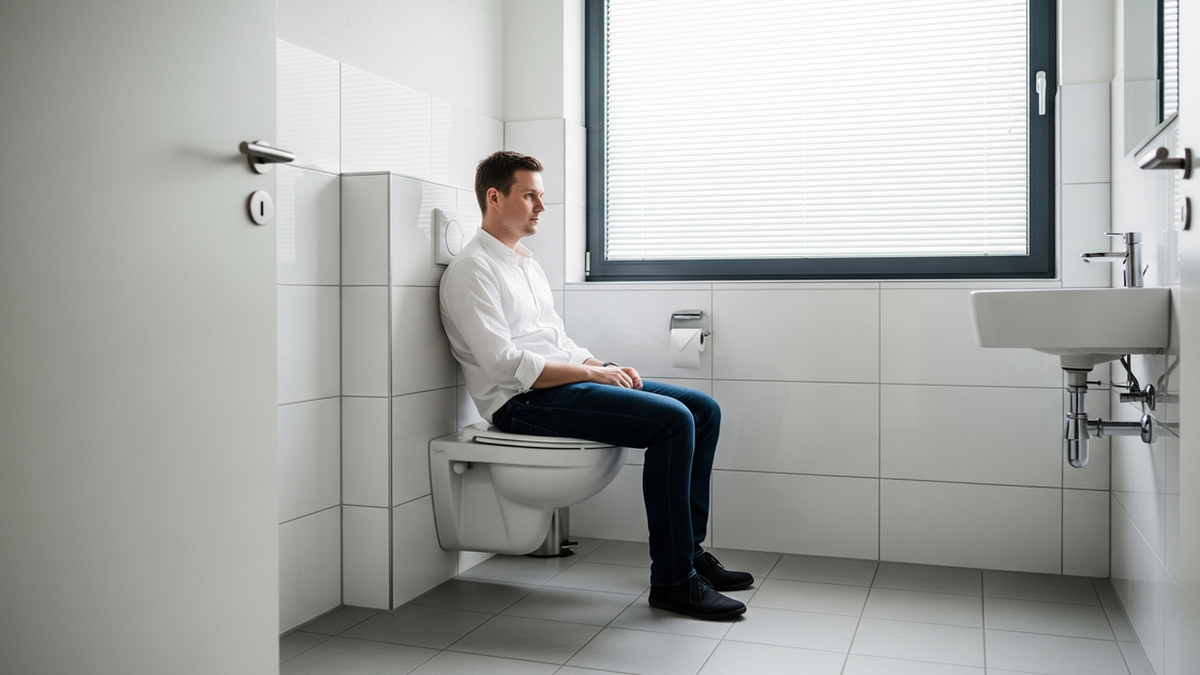

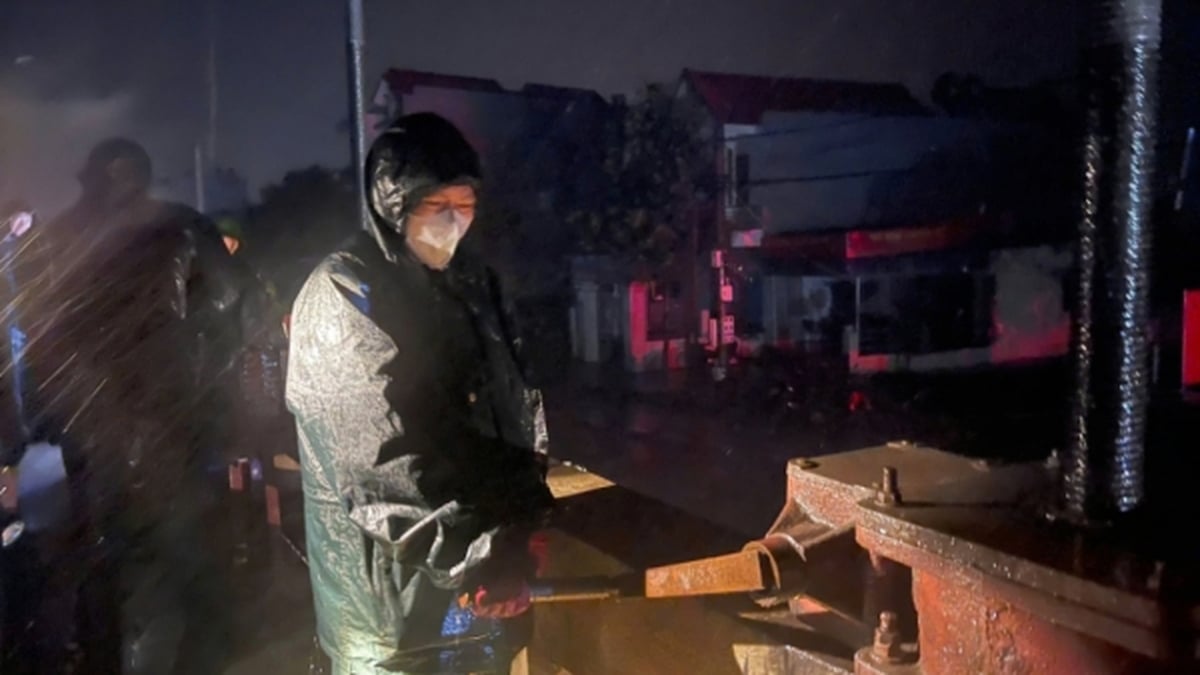














![[Photo] National Assembly Chairman Tran Thanh Man visits Vietnamese Heroic Mother Ta Thi Tran](https://vphoto.vietnam.vn/thumb/1200x675/vietnam/resource/IMAGE/2025/7/20/765c0bd057dd44ad83ab89fe0255b783)










































































Comment (0)